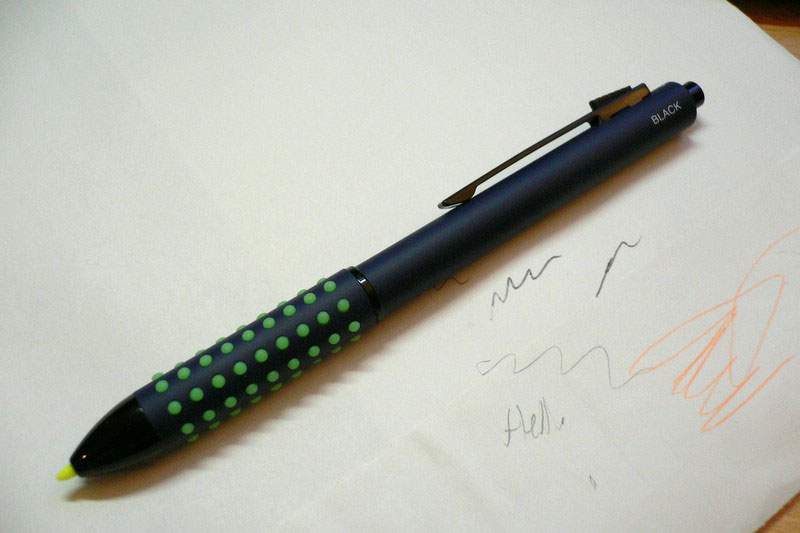
If you thought erasable ink was cool, wait until you hear about today's topic on A Moment of Science: electronic ink.
To begin with a slightly technical explanation, electronic ink consists of three parts: millions of tiny, microscopic capsules, an oily liquid filling the capsules, and negatively charged colored chips or spheres floating inside the capsules. Electrical charges cause the colored chips or spheres to arrange themselves into letters, numbers, and other characters when the ink is spread on a surface.
If that description is slightly confusing, try imagining electronic ink as consisting of millions of clear beach balls. Each ball contains hundreds of white Ping-Pong balls floating in blue dye. The Ping-Pong balls make the top of the beach ball appear white, while the bottom appears blue.
Now imagine that you've spread millions of these beach balls on a wide, flat surface and gone up in a helicopter for a bird's-eye view. You see an all-white field. Using a device to control the movement of the Ping-Pong balls, you cause some of them to sink, revealing the blue dye. With precise control, you could use the resulting patterns of light and dark to create characters.
In a nutshell, that's how electronic ink works. So what's it good for? Electronic books, for one. In the near future we may leaf through a volume written with electronic ink that contain hundreds of different texts. With the push of a button, Shakespeare may morph into Dr. Seuss. Another push and the ink re-arranges itself into Crime and Punishment. No matter how it's used, electronic ink is sure to jolt our understanding of the printed page.









